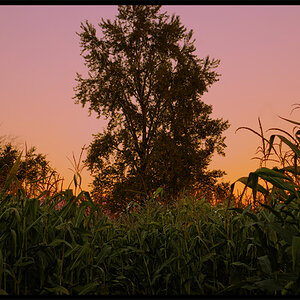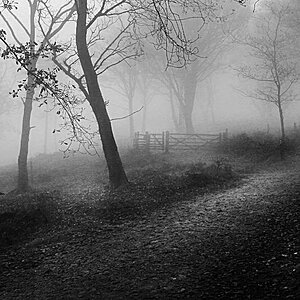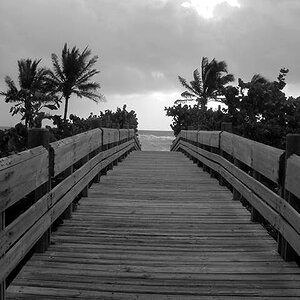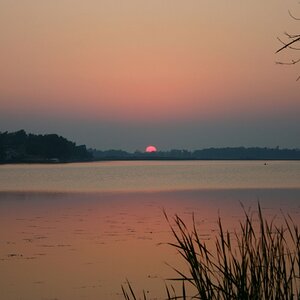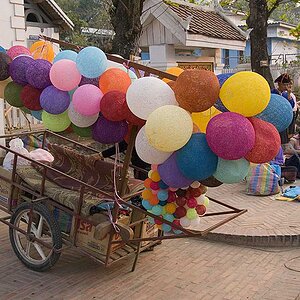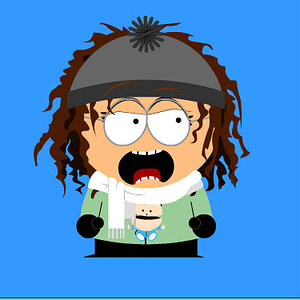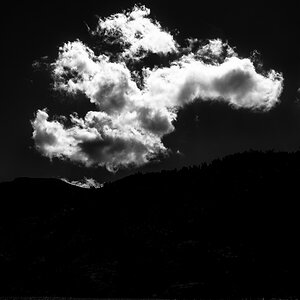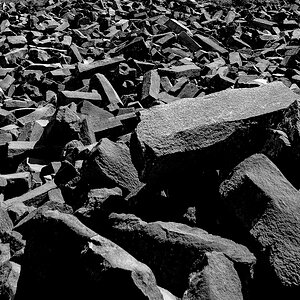lextalionis
TPF Noob!
- Joined
- Oct 26, 2007
- Messages
- 234
- Reaction score
- 0
- Location
- Austin, TX
- Website
- www.motleypixel.com
- Can others edit my Photos
- Photos OK to edit
Okay,
I'm confused...after reading pgs. 22 and 23 here: http://eosdoc.com/manuals/?q=580EX and using the flash I'm confused.
In M-Mode the power starts at 1/1 and I assume this is full power. Now what's confusing me is when I can select 1/2, 1/2 -0.3, 1/2 +0.3, 1/2 -0.7 and 1/2 +0.7 huh? I know I'm missing something simple so some help would be appreciated.
Generally, I want to really dial down the output of this guy since he's on my camera body and then use 430EX off camera as my primary light. Which btw, even after reading, if I use a 580EX I as a master on and a 430EX as a slave both in M-Mode, the power of the 430EX is controlled via the 430EX and not the 550EX right? I could have sworn that I read somwhere that you control the pwr of the slave from the master. And, I can safely say that manual pwr adjustments on the 430EX behave differently than the 580EX.
Thanks,
Roy
I'm confused...after reading pgs. 22 and 23 here: http://eosdoc.com/manuals/?q=580EX and using the flash I'm confused.
In M-Mode the power starts at 1/1 and I assume this is full power. Now what's confusing me is when I can select 1/2, 1/2 -0.3, 1/2 +0.3, 1/2 -0.7 and 1/2 +0.7 huh? I know I'm missing something simple so some help would be appreciated.
Generally, I want to really dial down the output of this guy since he's on my camera body and then use 430EX off camera as my primary light. Which btw, even after reading, if I use a 580EX I as a master on and a 430EX as a slave both in M-Mode, the power of the 430EX is controlled via the 430EX and not the 550EX right? I could have sworn that I read somwhere that you control the pwr of the slave from the master. And, I can safely say that manual pwr adjustments on the 430EX behave differently than the 580EX.
Thanks,
Roy


